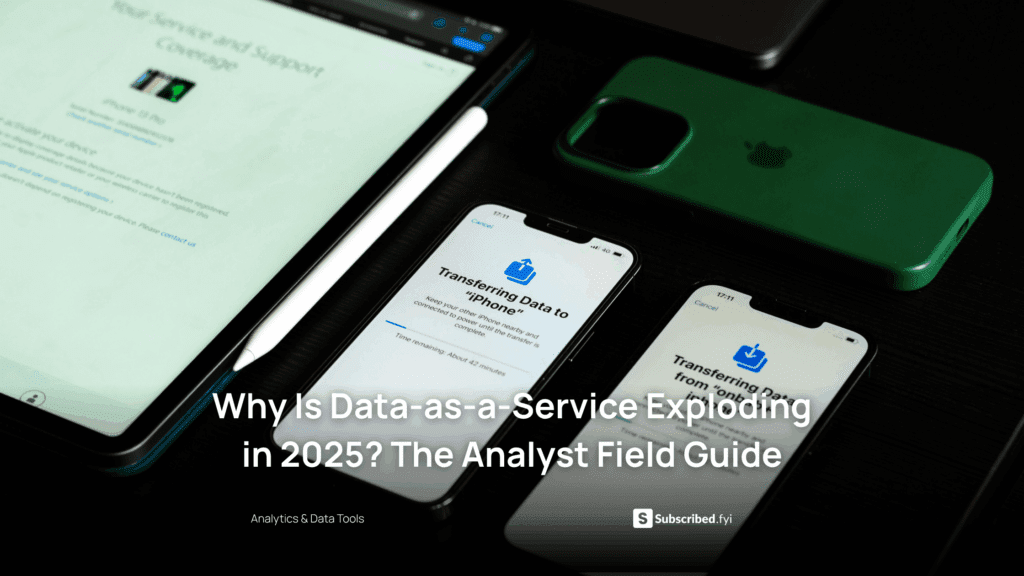Starting a SaaS business online: Guide
- Expense Management Software Credit Cards Investing Business Solutions
Starting a SaaS Business Online: Guide
Starting a Software as a Service (SaaS) business online can be an exciting and rewarding venture, but it requires careful planning, strategic execution, and a deep understanding of the SaaS landscape. In this comprehensive guide, we’ll walk you through the essential steps to launch your SaaS business successfully, from ideation to customer acquisition and beyond. Whether you’re a seasoned entrepreneur or a newcomer to the world of SaaS, this guide will provide valuable insights and actionable strategies to help you navigate the complexities of starting and growing a SaaS business online.
Understanding the SaaS Business Model
Before diving into the specifics of launching a SaaS business, it’s essential to grasp the fundamentals of the SaaS business model. Unlike traditional software distribution models that require upfront purchases and installations, SaaS operates on a subscription basis, where customers pay recurring fees for access to software hosted in the cloud. This model offers scalability, flexibility, and accessibility, making it an attractive option for both businesses and consumers.
1. Identify Your Niche:
The first step in starting a SaaS business is to identify a profitable niche with unmet needs or pain points. Conduct market research to identify areas where existing solutions fall short or where demand is high but underserved. Look for opportunities to innovate or improve upon existing solutions to carve out your niche in the market.
2. Validate Your Idea:
Once you’ve identified a potential niche, validate your idea by gathering feedback from target customers. Create prototypes or minimum viable products (MVPs) to test your concept and gather real-world insights. Use surveys, interviews, and beta testing to gauge interest, identify features that resonate with users, and iterate based on feedback.
3. Build Your Product:
With validation in hand, it’s time to develop your SaaS product. Focus on building a scalable, user-friendly solution that addresses the pain points of your target audience. Leverage modern development frameworks, cloud infrastructure, and agile methodologies to streamline the development process and deliver a high-quality product efficiently.
4. Create a Go-to-Market Strategy:
Developing a go-to-market strategy is crucial for effectively launching and promoting your SaaS product. Define your target audience, positioning, pricing, and distribution channels. Develop compelling messaging and marketing collateral to communicate the value proposition of your product and attract early adopters.
5. Acquire and Retain Customers:
Customer acquisition and retention are ongoing challenges for SaaS businesses. Implement strategies for lead generation, conversion optimization, and customer success to attract new customers and keep them engaged over the long term. Leverage analytics, automation, and personalization to optimize the customer journey and maximize lifetime value.
Relevant SaaS Products for Starting a SaaS Business Online
1. HubSpot:
HubSpot offers a comprehensive suite of marketing, sales, and customer service tools designed to help businesses attract, engage, and delight customers. From CRM software to email marketing and social media management, HubSpot provides everything you need to grow your SaaS business online.
2. Shopify:
Shopify is a leading e-commerce platform that enables entrepreneurs to create and customize online stores with ease. With features like customizable templates, secure payment processing, and integrated marketing tools, Shopify simplifies the process of launching and scaling an online business.
3. Zendesk:
Zendesk is a customer service software solution that helps businesses manage customer support inquiries across multiple channels. With features like ticketing systems, live chat, and knowledge base management, Zendesk enables businesses to deliver exceptional customer experiences and build lasting relationships.
4. Slack:
Slack is a collaboration hub that brings teams together to streamline communication and collaboration. With features like channels, messaging, and file sharing, Slack fosters teamwork and productivity, making it an essential tool for remote teams and distributed workforces.
5. Google Workspace:
Google Workspace (formerly G Suite) offers a suite of productivity tools, including Gmail, Google Drive, and Google Docs, designed to enhance collaboration and productivity in the workplace. With cloud-based storage, real-time collaboration, and seamless integration with other Google services, Google Workspace is a must-have for SaaS businesses.
In conclusion, starting a SaaS business online requires careful planning, execution, and ongoing iteration. By following the steps outlined in this guide and leveraging the right tools and resources, you can launch and grow a successful SaaS business that delivers value to customers and drives sustainable growth.
Subscribed.FYI provides a centralized platform for managing your SaaS subscriptions, comparing tools, and accessing exclusive deals. By leveraging Subscribed.FYI, you can optimize your SaaS stack, track expenses, and make informed decisions about which tools best suit your business needs. With access to comprehensive insights and reviews, Subscribed.FYI empowers you to navigate the complexities of the SaaS landscape with confidence.
Relevant Links:
With the right guidance and tools at your disposal, you can embark on your journey to build a thriving SaaS business online and make a meaningful impact in the digital landscape.











